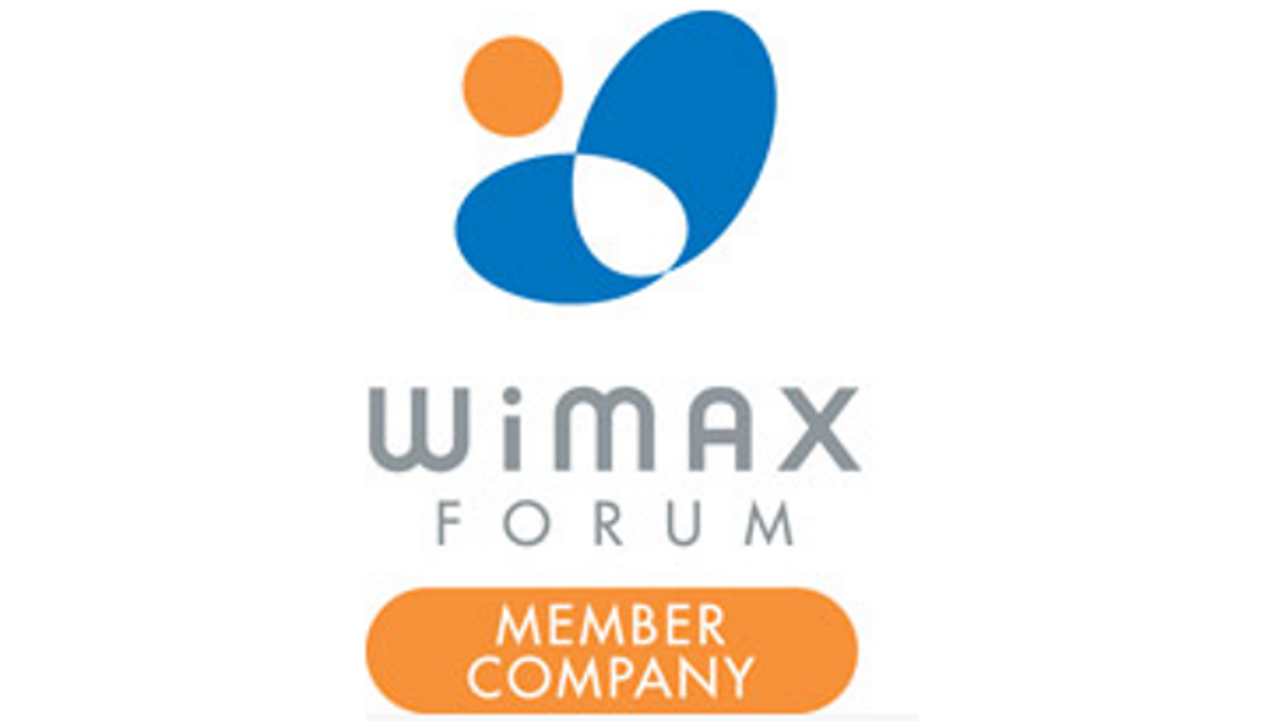Flexible, accurate and fast: Rohde & Schwarz test solutions
WiMAX™ (Worldwide Interoperability of Microwave Access) is based on modern communications technologies, such as OFDMA and MIMO. This establishes WiMAX™ as a cellular broadband standard, providing high performance in data rate, mobility and cell size. VoIP and roaming capabilities are additional focus areas for WiMAX™. This IEEE non-3GPP standardization approach is mainly driven by the traditional computer industry, which has created the Wi-Fi standard before. With its high IP capabilities, WiMAX™ is targeting the mobile Internet.
Originally only specified for the TDD mode, WiMAX™ Release 1.5 also includes FDD functionality to enable network operators to implement WiMAX™ in the ITU FDD frequency bands.
WiMAX™ Release 2.0 is the next evolutionary step, specified in IEEE 802.16m and also referred to as Advanced WiMAX™. A further increase in data rate, compared to IEEE 802.16e, will be achieved with higher channel bandwidth and up to 4x4 MIMO technology, making this standard also a candidate for the IMT Advanced technology.




